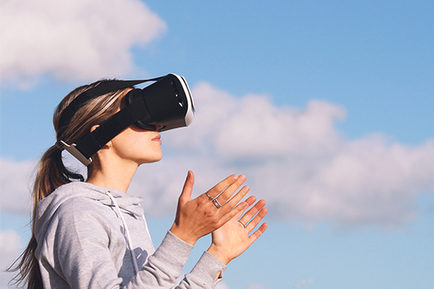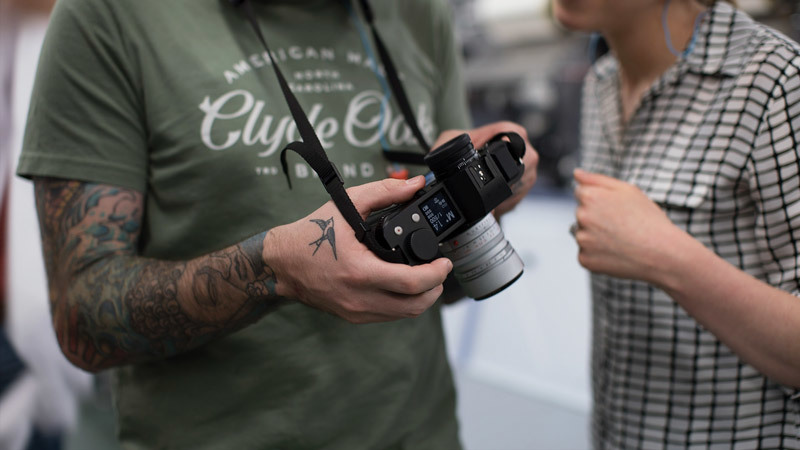Creative
Television and Video
For almost a century, 35 mm film was the only way to capture stories that moved. It wasn’t fast, it wasn’t efficient and it certainly wasn’t cost-effective. Every foot of film was a precious resource. That’s why the craft of production began in earnest, as a budgeting effort. Storyboards, scripts and shot lists, all these stages of cinema creation were developed to try to negate the raw cost of film itself. Not only that, but this heavy financial investment needed to find a way to be profitable.
The 30-second spot became king when networks figured out they could fit more advertisers in a single commercial break. Soon, these speedy spots were the candy aisle of national broadcast. In those days, ads put cars on roads, satellites in space and products in shopping carts. Commercial breaks brought products into our minds and into our homes — the material world was built 30 seconds at a time.
Then the internet came along and with it came the dawn of new media and streaming. People rewrote the rules, considering faster and cheaper execution to be a universally positive notion. For less than $30,000, you had a digital camera that could shoot unlimited professional-grade footage at what is effectively the visual equivalent of 35 mm. With new platforms to share video on and a lower cost of entry for the same quality of image, more and more pop-up production companies found themselves hopping on the motion bandwagon.
Now, powerful high-resolution cameras are in our pockets. The device you hold in your hand, place on the edge of the sink and snap pictures of your dog with every day is capable of more than high-end cameras could do 15 years ago. What’s more, we have created a culture of incredibly diverse screens, each serving as a channel, each needing its own content. So, the very first question we need to ask as modern-day motion developers is “Where is it going?” Every choice means something down the line, and your production value can be maximized based on your distribution method. For instance, as I follow the potential future of video advertising, I grow increasingly interested in the incorporation of vertical videos into our client work. Vertical video has emerged so effectively because most people are taking in most of their media through their phone, and they keep their device in the same orientation they hold it for talking. Breaking that habit is proving difficult. However, for a professional videographer, shooting vertical media requires a completely different set of cinematic fluency, from camera blocking to set building. Though vertical video hasn’t been fully embraced by the industry at large yet, I don’t perceive it going away anytime soon. As such, video content creators should embrace this format to make sure the way they’re shooting content aligns with how consumers are viewing it.
There are still numerous agencies out there that are only built for conventional broadcast thinking. Taking a format-aware production approach is critical today. You can’t make one piece of content and try to squeeze it into all these different places. For example, recently YouTube released an option for a 6-second pre-roll ad. This obviously would present an issue for conventional broadcast assets, because the thing about that traditional 30 second spot? Well, it’s 30 seconds. Its ability to work in a 6-second pre-roll ad isn’t inherent. Success in today’s video production comes from the onset; look holistically at a client’s needs, extrapolate and build messaging that can function modularly to fit into different timeframes, and don’t overly compress or dilute the message.
When it comes to the evolution of video, in many ways, the more things change, the more things stay the same. There is still a massive skill disparity between capturing an image and capturing a story. And though the gear upgrades will keep rolling out, access to a higher-resolution camera does not automatically translate to higher-quality communication. But really, the future of successful motion capture hinges on our ability to be as adaptive and as creative as we were to get where we are today.

